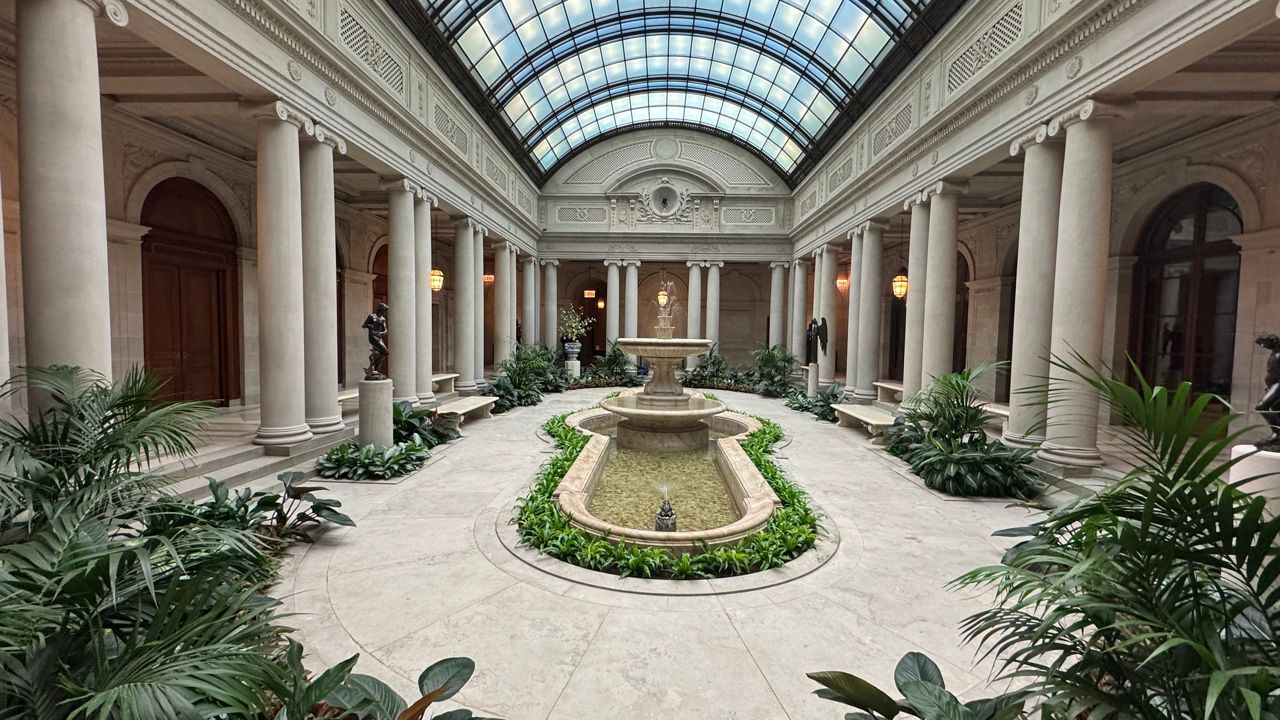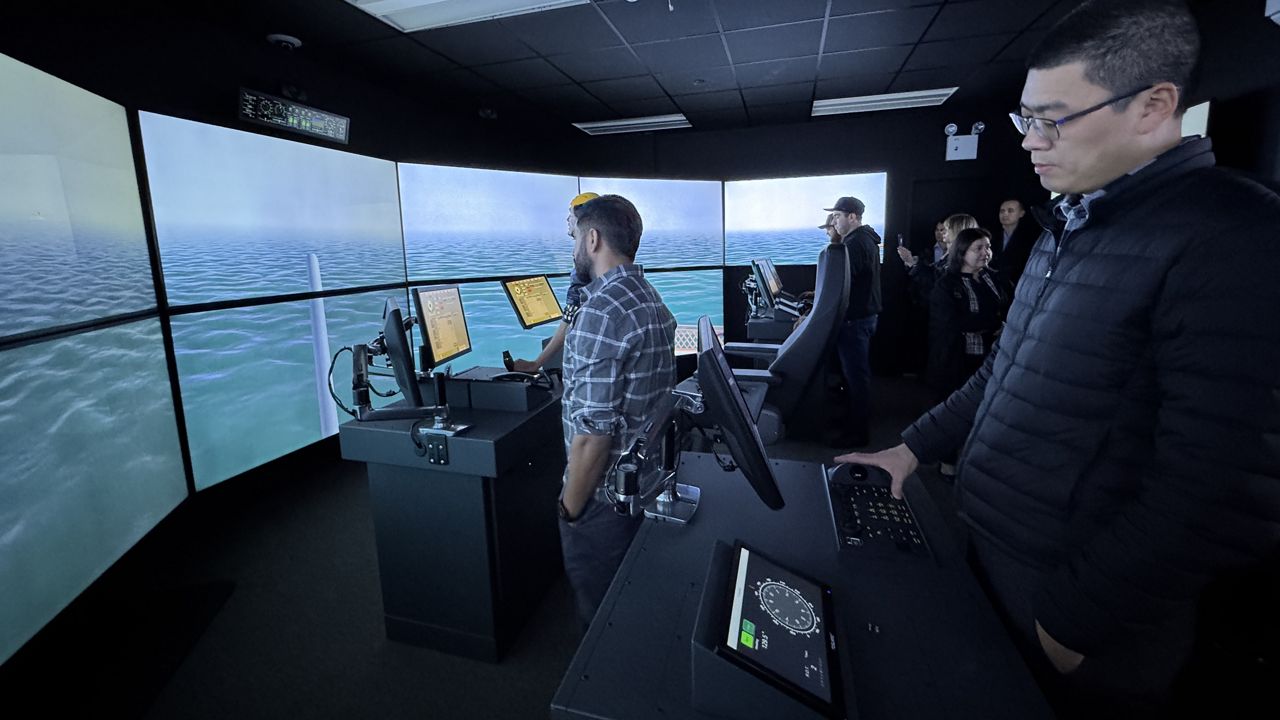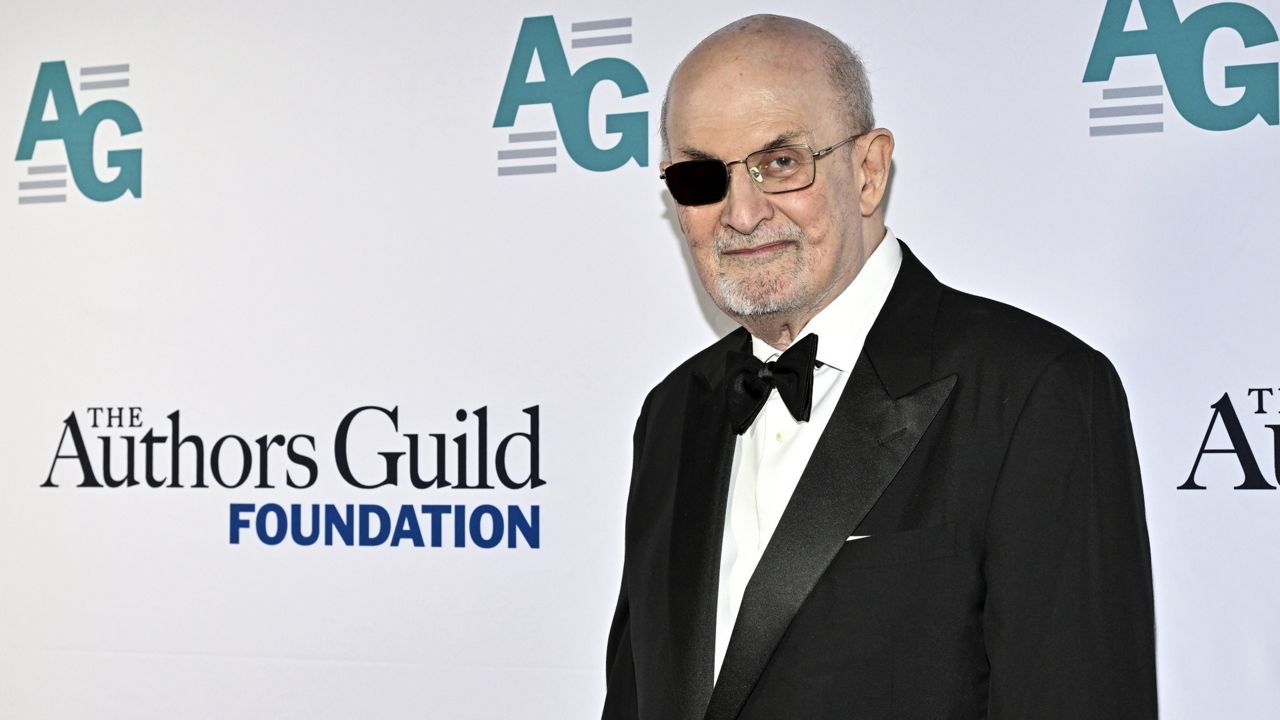High atop One Times Square, the iconic crystal ball sparkles year round. But on New Year’s Eve, it makes its famous descent during the countdown to midnight.
Jeffrey Straus, the president of Countdown Entertainment, says the tradition began in 1907 when the city banned fireworks because burning ash would rain down on revelers. It's been an annual tradition ever since, except in 1942 and '43, when the celebration went dark because of security blackouts due to World War II.
How They Get the Ball to Drop (Almost Always) Exactly at Midnight
"Well, my very first year, in 1995, we were converting from doing it by ropes to computer controls and, unfortunately, with that change we were three seconds late that year, and the front cover of the post was first screw up of 1996," Straus said.
That's why Joseph Calvano and Robert Stults say they prefer the digital system, since there's less of a chance for them to figuratively "drop the ball." They're part of the team from Landmark Electrical stationed here on New Year’s Eve.
"Rain, snow, ice, cold wind, it's like the mailmen--it has to happen," Calvano said.
They work behind the scenes to fix any technical issues before the crowds can notice. But they'll have spare parts and power tools handy on New Year's Eve if they need to make any last-minute repairs. One literally last-minute challenge is making sure wires don't get tangled as the ball lowers.
Since its inaugural descent, seven versions of the ball have been designed. This one is illuminated by more than 32,000 LED lights and 2,688 waterford crystal triangles.
"It's over a ton,” Strauss said. “A ton of waterford crystals! If you had that in your house it would fill up your dining room."
And it'll be seen in homes around the world as millions watch the city ring in 2019.









_PKG_Warren_Haynes_Interview_CG_133911731_3203)